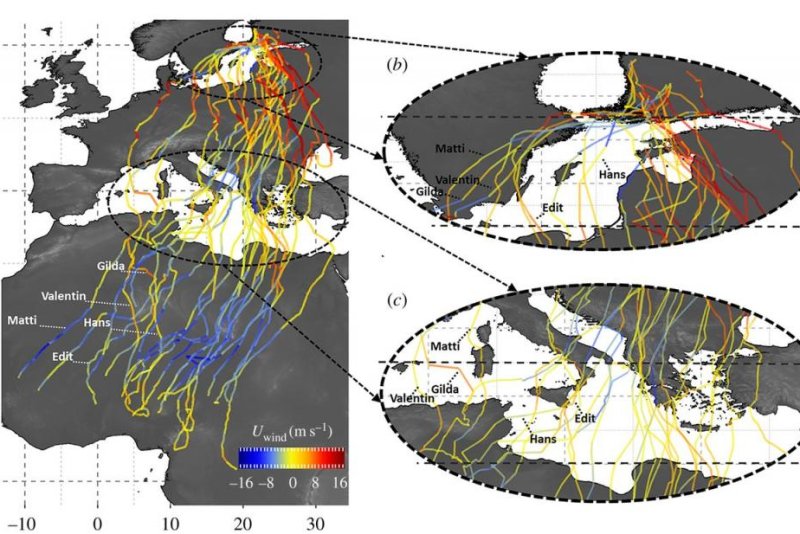May 24 (UPI) -- A new study of young birds' migration from Europe to Africa showed the final destination of each juvenile was dependent on wind conditions.
Because satellite tracking technology doesn't come cheap, scientists are reluctant to attach their equipment to young birds. Many juveniles don't survive their inaugural migration.















